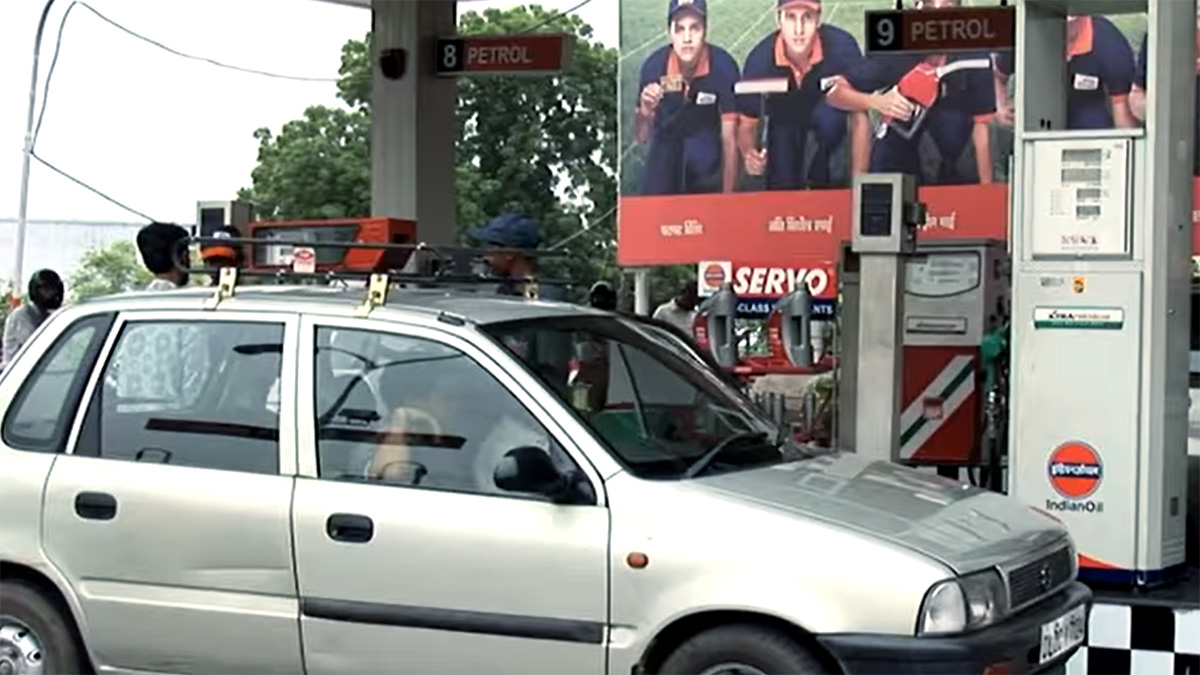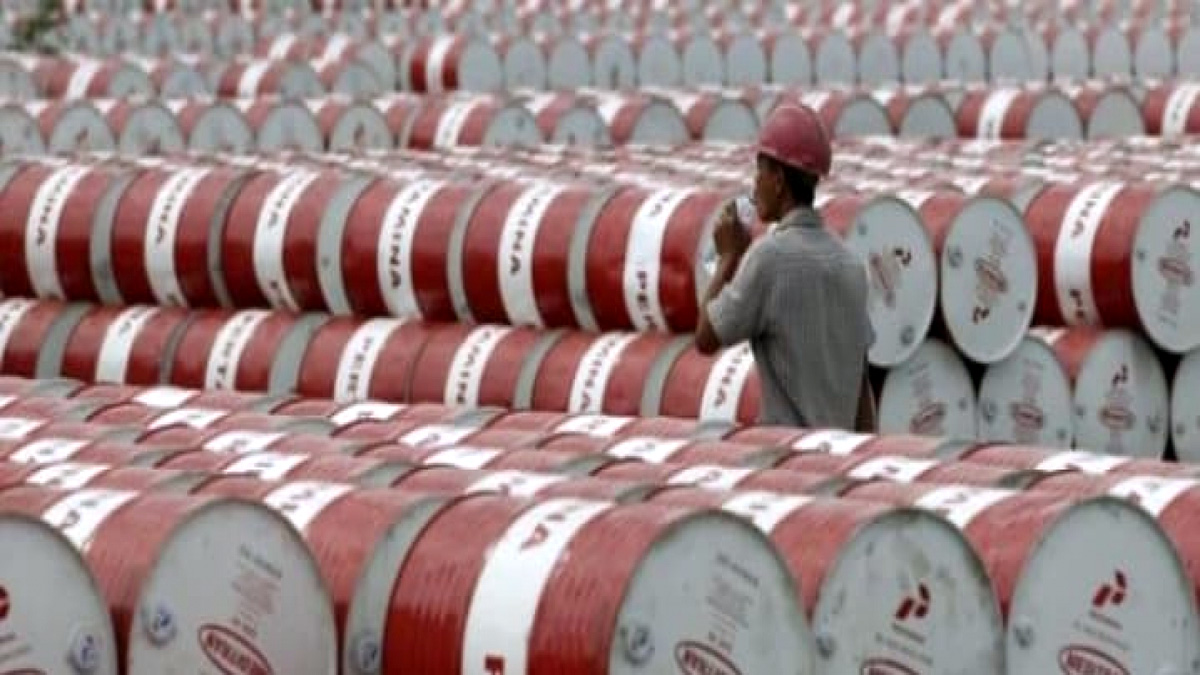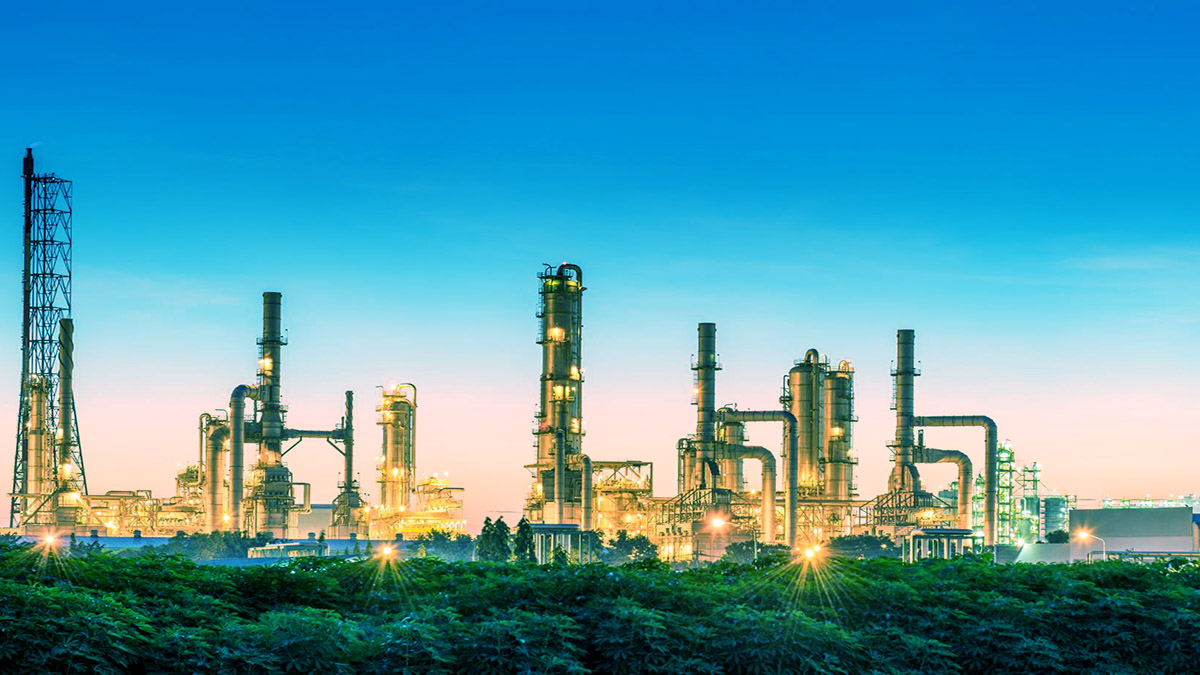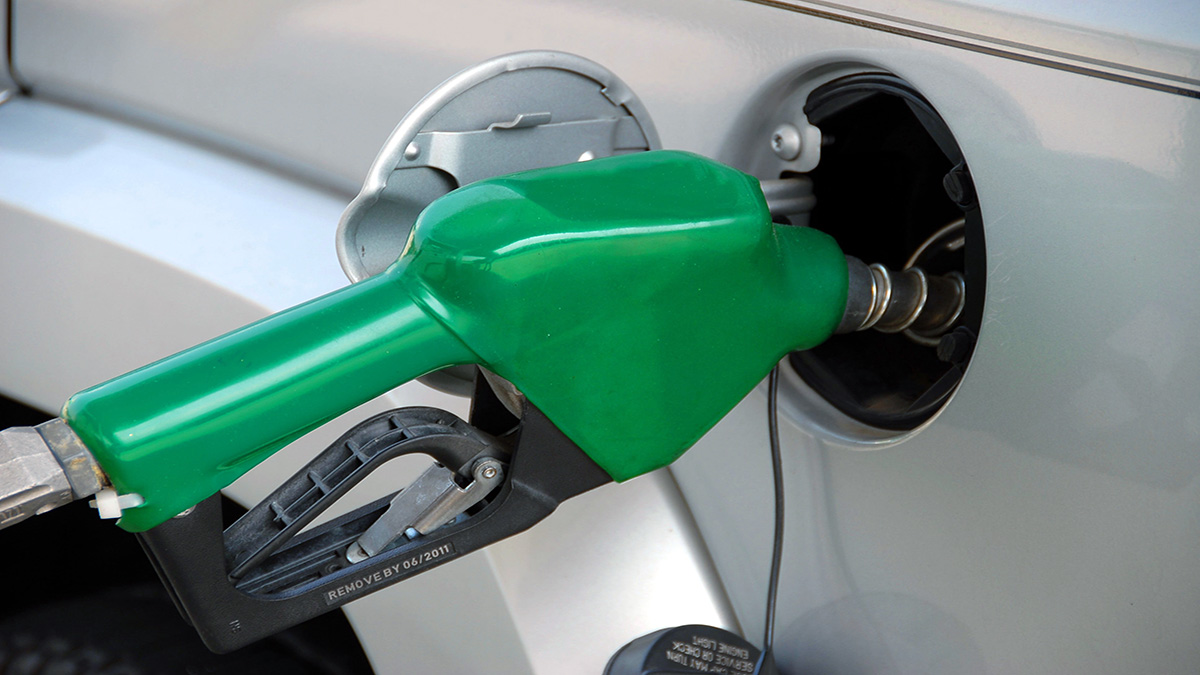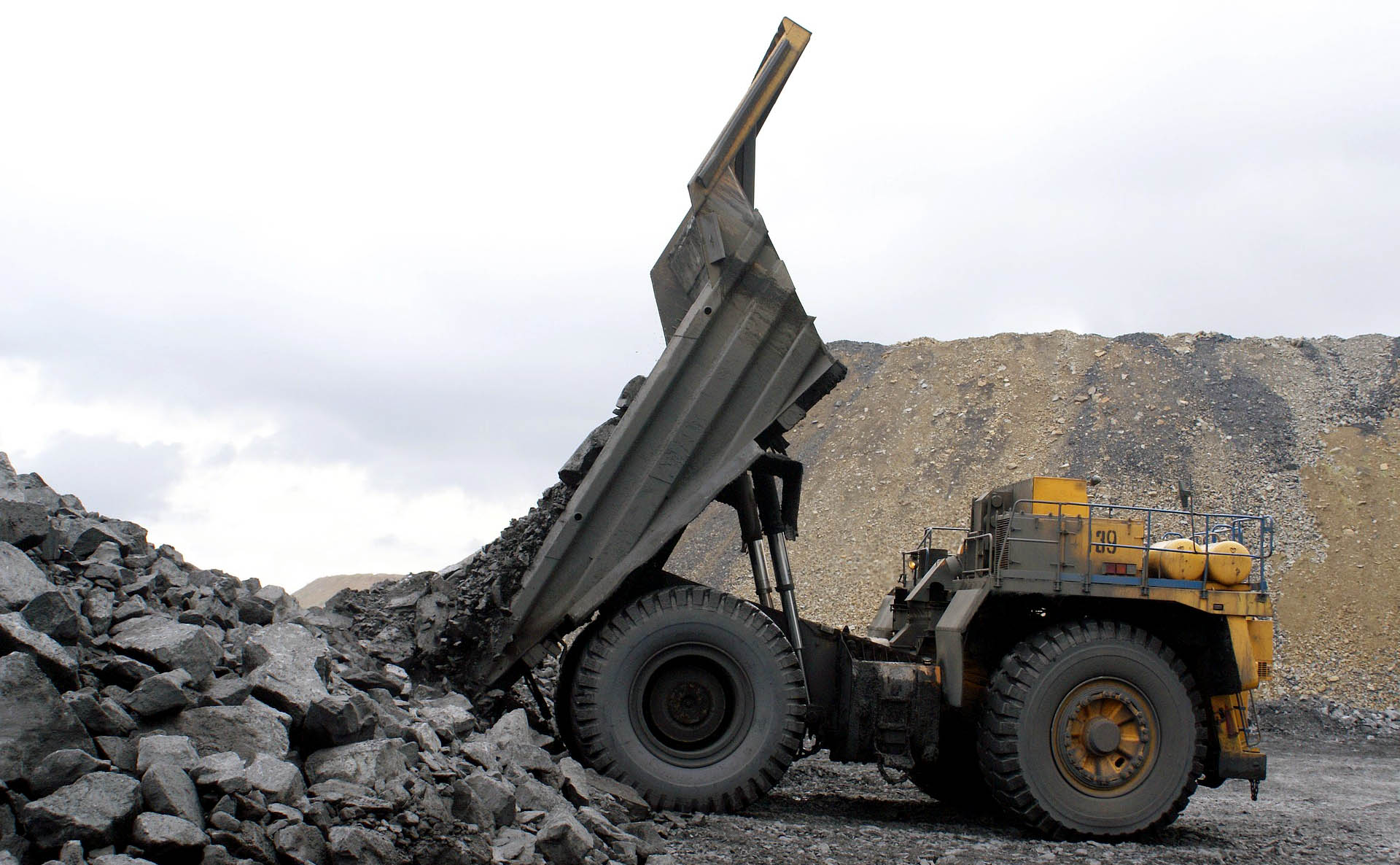The reduction in excise duty on petrol and diesel by the Central government coupled with the delayed arrival of the monsoon has led to robust demand for fuels in the month of June.
The Centre on May 21 reduced excise duty on petrol by ₹8 per litre and on diesel by ₹6 per litre to provide much-needed relief to consumers, causing an additional revenue implication of around ₹1 trillion to the exchequer. India’s demand for oil products rose 7,04,000 barrels per day, or 16.3 per on a yearly basis in June, said global energy and commodities-related service provider S&P Global Commodity Insights.
“Retail fuel prices have been constant on the pump despite a volatile international market, suggesting that there may be some under recoveries by oil marketing companies in selling transport fuels in the retail market,” it said.
It believes that the recent imposition of export tax on fuels will help the central government in managing its fiscal deficit, which had widened after the excise duty cut.
The Centre on July 1 imposed a special additional excise duty to the tune of ₹6 per litre on petrol and ₹13 per litre on diesel on exports, a move that could help meet the country’s energy demand. “(RBI) also dropped its ‘accommodative’ stance with regard to policy, and the government’s main focus now is to control inflation. Platts Analytics expects India’s economy to grow by 6.8% in 2022 on a calendar year basis, and then by 6.3% in 2023.”
In the near-term, it estimates India’s oil demand to dip on a quarterly basis by 1,40,000 barrels per day during the July-September quarter because of the ongoing monsoon season, before rebounding in October-December during the festival and holiday seasons.


